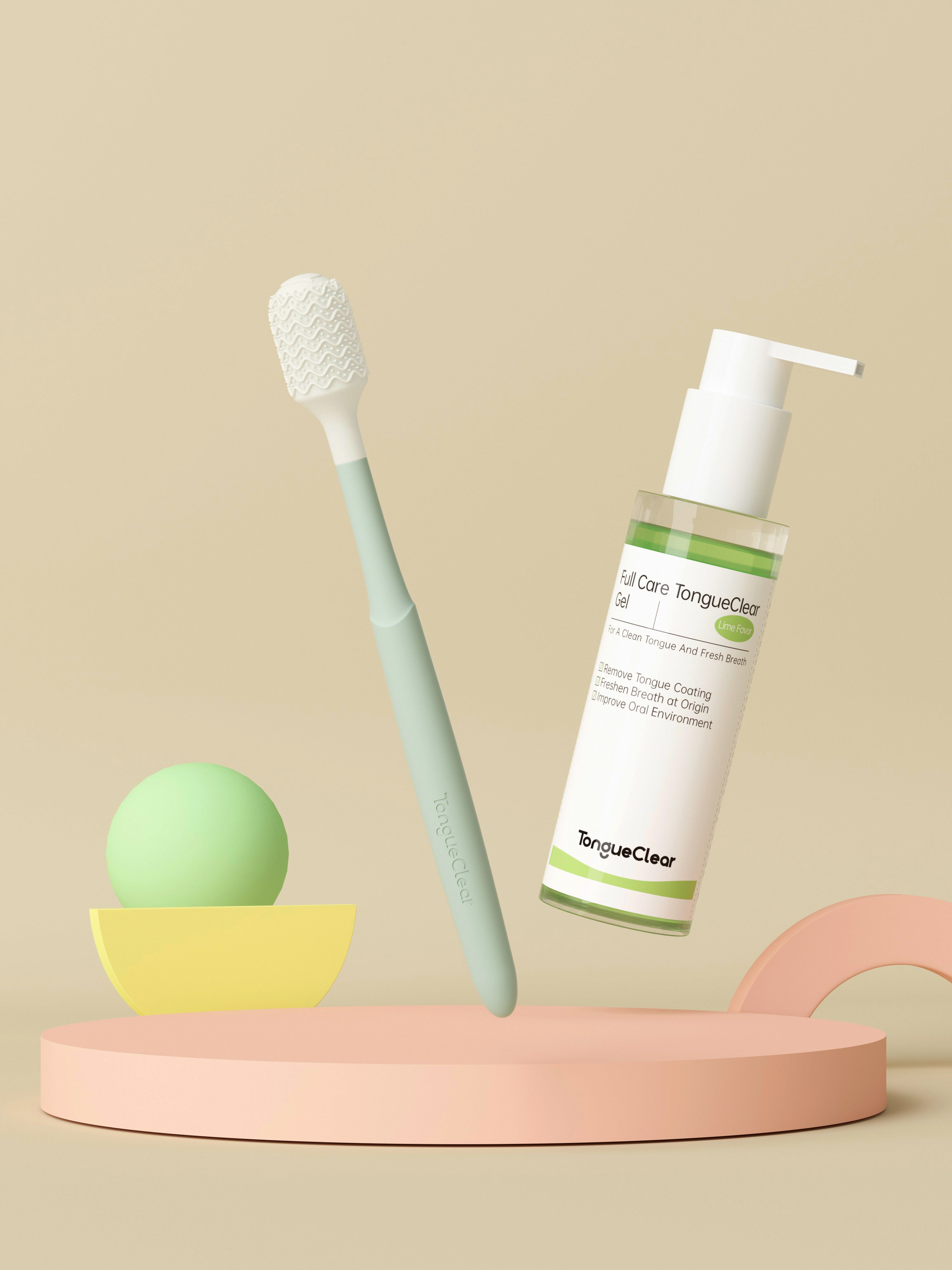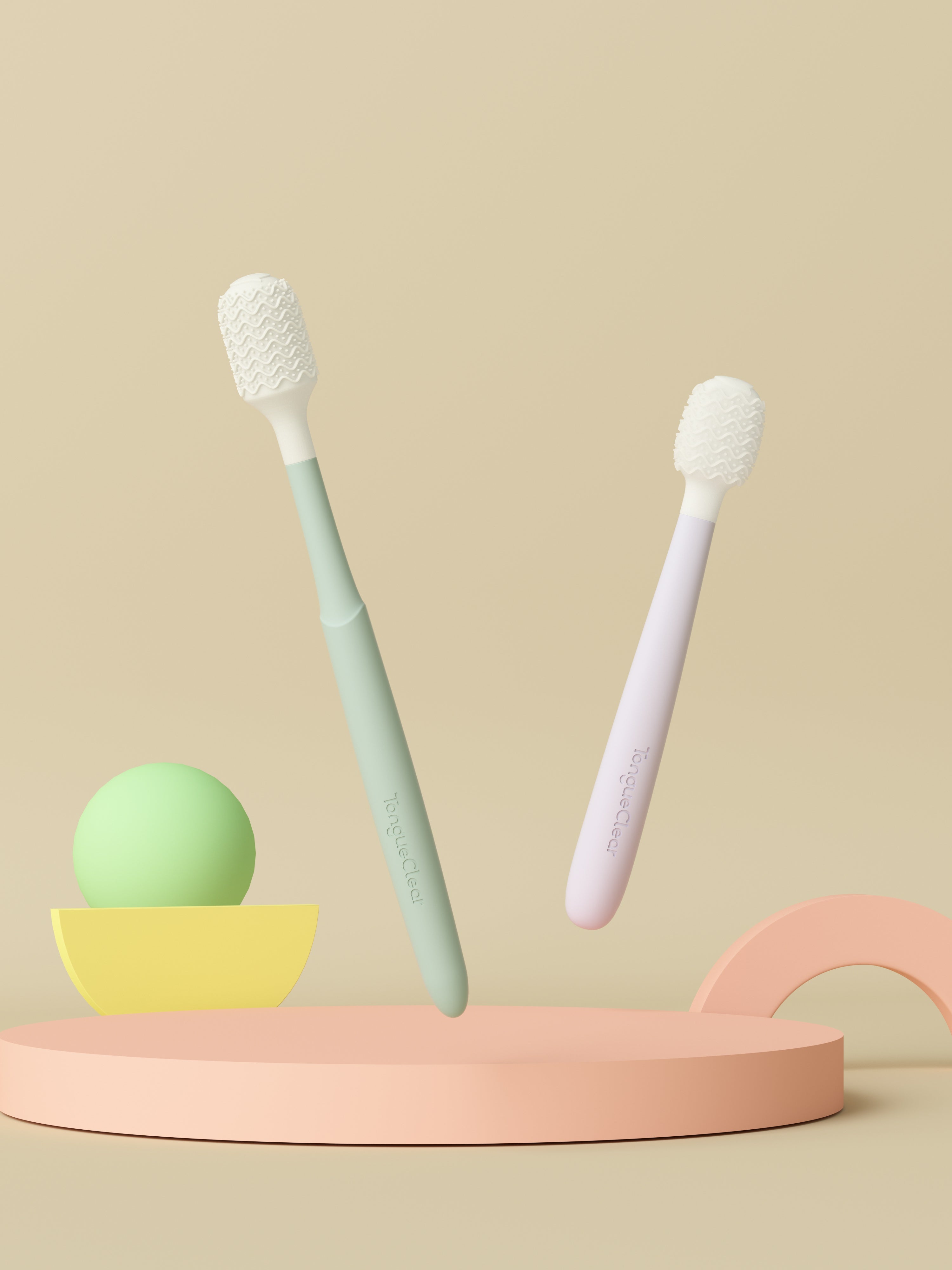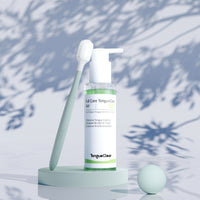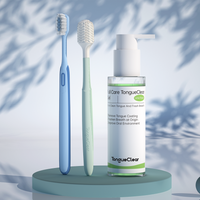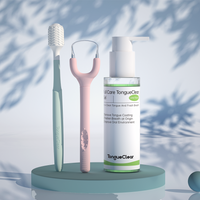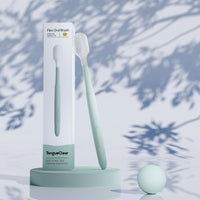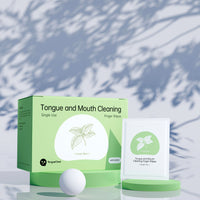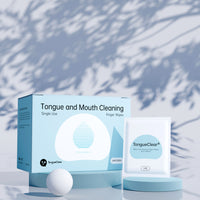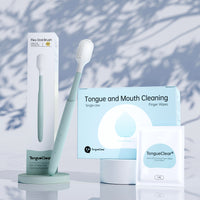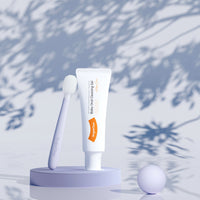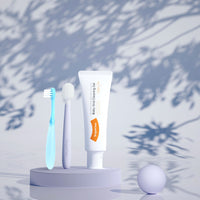Dental Plaque
Plaque (dental plaque), also known as tartar (as opposed to tartar), is a biological film gradually deposited on the surface of the teeth and gums, composed of microorganisms, mainly bacteria, but also fungi; plaque is formed at the beginning of the viscous thin layer of colorless sediments, but when it becomes thicker, it will form a tartar and show a yellowish or brownish color. Plaque is commonly found between the teeth, in front of the teeth, behind the teeth, on the chewing surfaces, along the gingival line (supragingival), or along the margins of the necks of the teeth below the gingival line (subgingival). Bacterial plaque is one of the leading causes of tooth decay and gum disease.
Causes
Dental plaque consists of food debris, shed oral epithelial cells, saliva and bacteria. The bacteria in plaque are mainly streptococci and anaerobes that are present in normal oral cavity. After plaque builds up to a certain thickness, the bacteria inside the plaque next to the surface of the teeth begin to switch to anaerobic respiration because they are cut off from the air. The acid produced by anaerobic respiration here cannot be washed away by saliva in time, so it corrodes the mineral content of the enamel and causes further dental caries.
Effects and Symptoms
Plaque on the teeth can form cavities, and plaque that builds up at the roots of the teeth can also irritate the gums leading to gingivitis, and when it progresses to the bone around the teeth it is known as periodontal disease such as periodontitis.
If you have any of the following, you may have gum disease:
-
Symptoms such as bleeding gums, pus and pus when squeezed, recession, swelling, or pain when touched
-
Loose or shifting teeth
-
Bad taste in your mouth when you breathe
Cleaning and treatment
Plaque is harmful to your teeth and the risk of plaque buildup increases over time, so it should be removed on a regular basis. Plaque is soft in texture and can be effectively removed with a toothbrush and toothpaste. Brushing focuses on the three areas of the teeth themselves, the shallow groove between the gums and the teeth (gingival sulcus) and the gingival crevices between the teeth (gingival papillae), and the rest of the mouth to ensure that there is no food debris. Brushing twice a day, morning and evening, is usually sufficient to achieve better results. Flossing can be used in areas that are not easily brushed, such as between teeth. Scaling can further ensure the complete removal of plaque.
Long-term deposits of plaque that contain more than three times the phosphorus content of normal plaque and higher calcium content will calcify to form hard tartar (calculus) after combining the soluble carbonate and phosphate minerals in saliva, which has a rough surface that makes it easier to produce plaque. Tartar makes it difficult to clean the junction between the teeth and the gums, which can lead to bacterial accumulation and long-term inflammation of the gums, which in turn can lead to periodontal disease. Tartar is generally tightly attached to the surface of the teeth and its removal needs to be carried out by a professional such as a dentist.
Of course, in addition to the above preventive methods, a new oral cleaning technology can be used, which is the most effective and perfect preventive and therapeutic method, known in the medical field as the GIFT method, which is able to clean the oral cavity perfectly without wearing down the enamel. It also effectively reduces the impact of the microbiota in the oral biofilm in order to prevent the biofilm from forming before plaque formation. For more information, please click:
A Novel, Simple, Frequent Oral Cleaning Method Reduces Damaging Bacteria in the Dental Microbiota
Share






